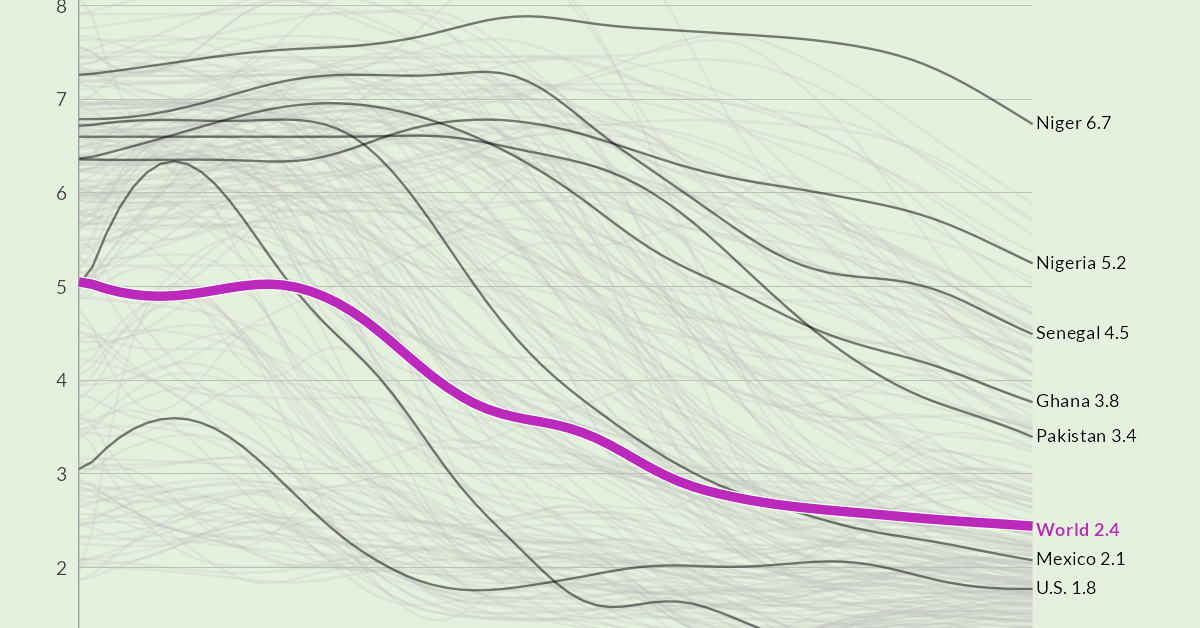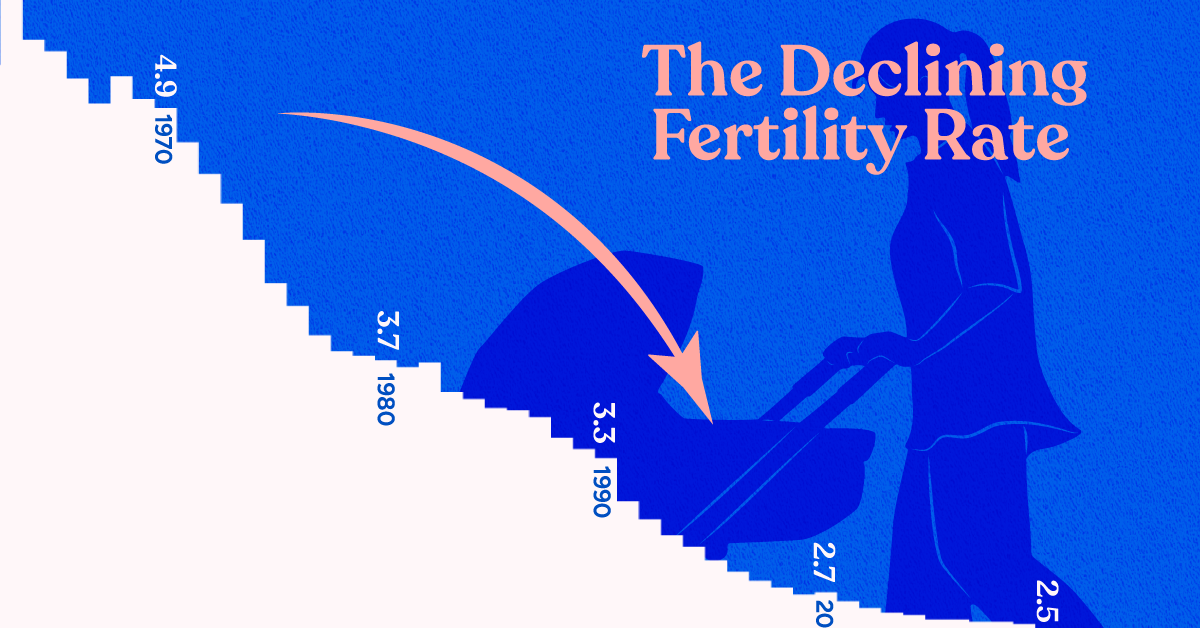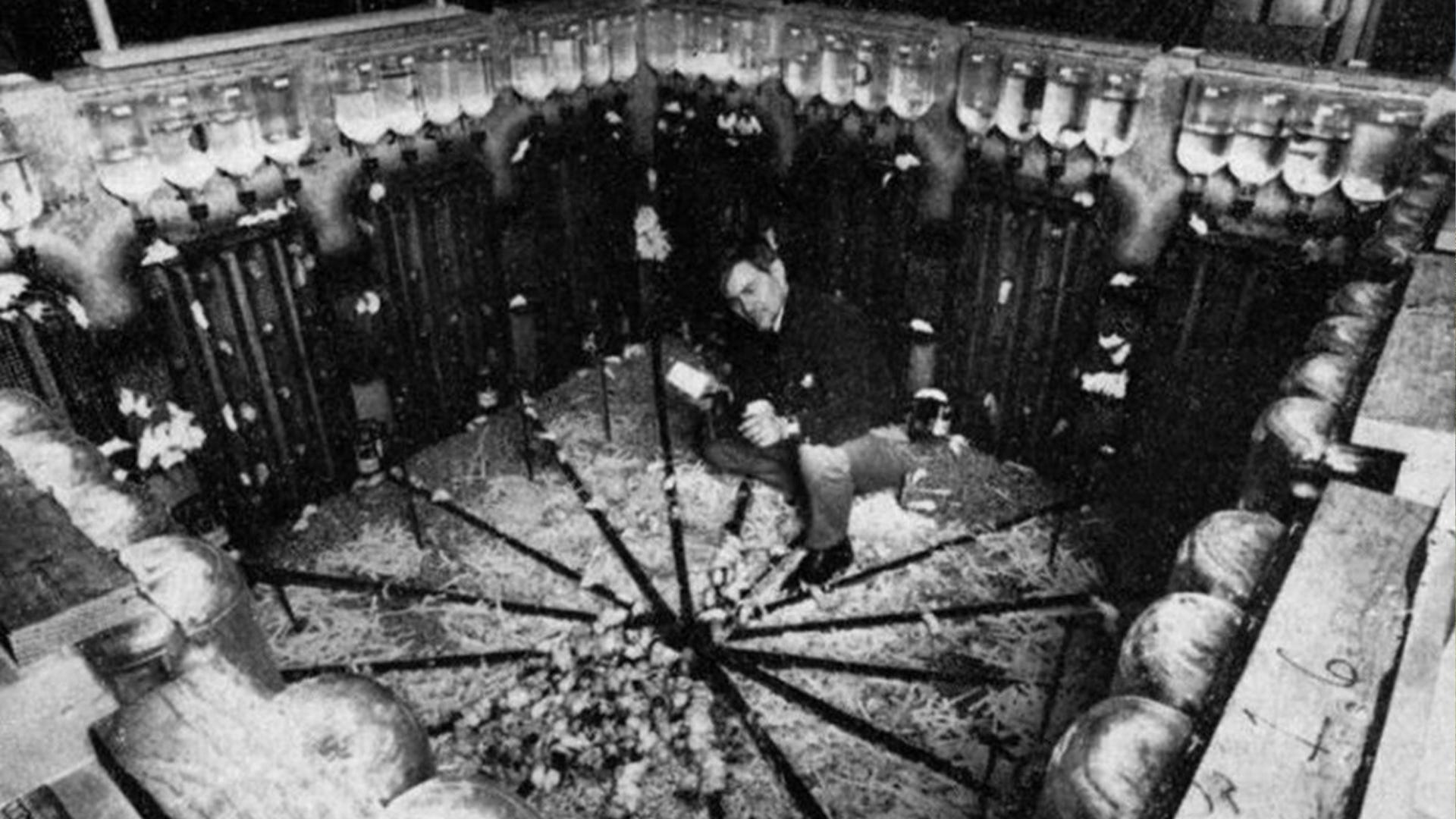Nelson Vergel
Founder, ExcelMale.com

Charted: The Global Decline of Fertility Rates
Since 1950, global fertility rates have decreased steadily. Now. the average woman has less than 3 children on average.
 www.visualcapitalist.com
www.visualcapitalist.com























